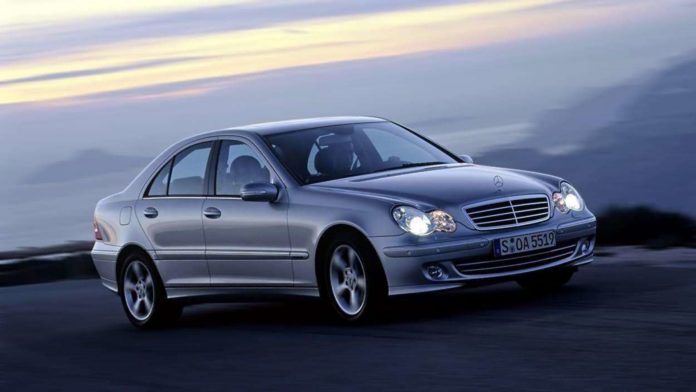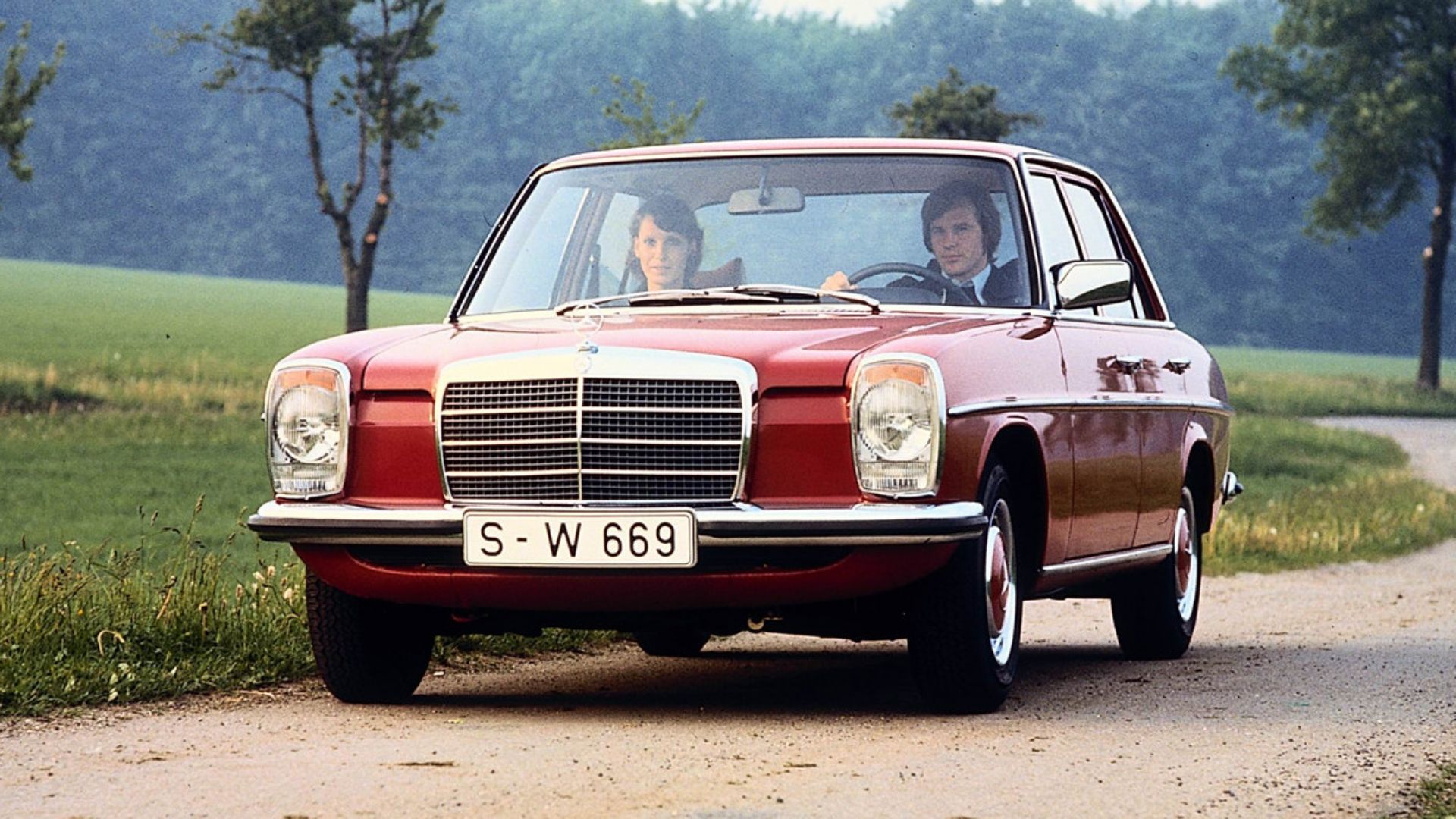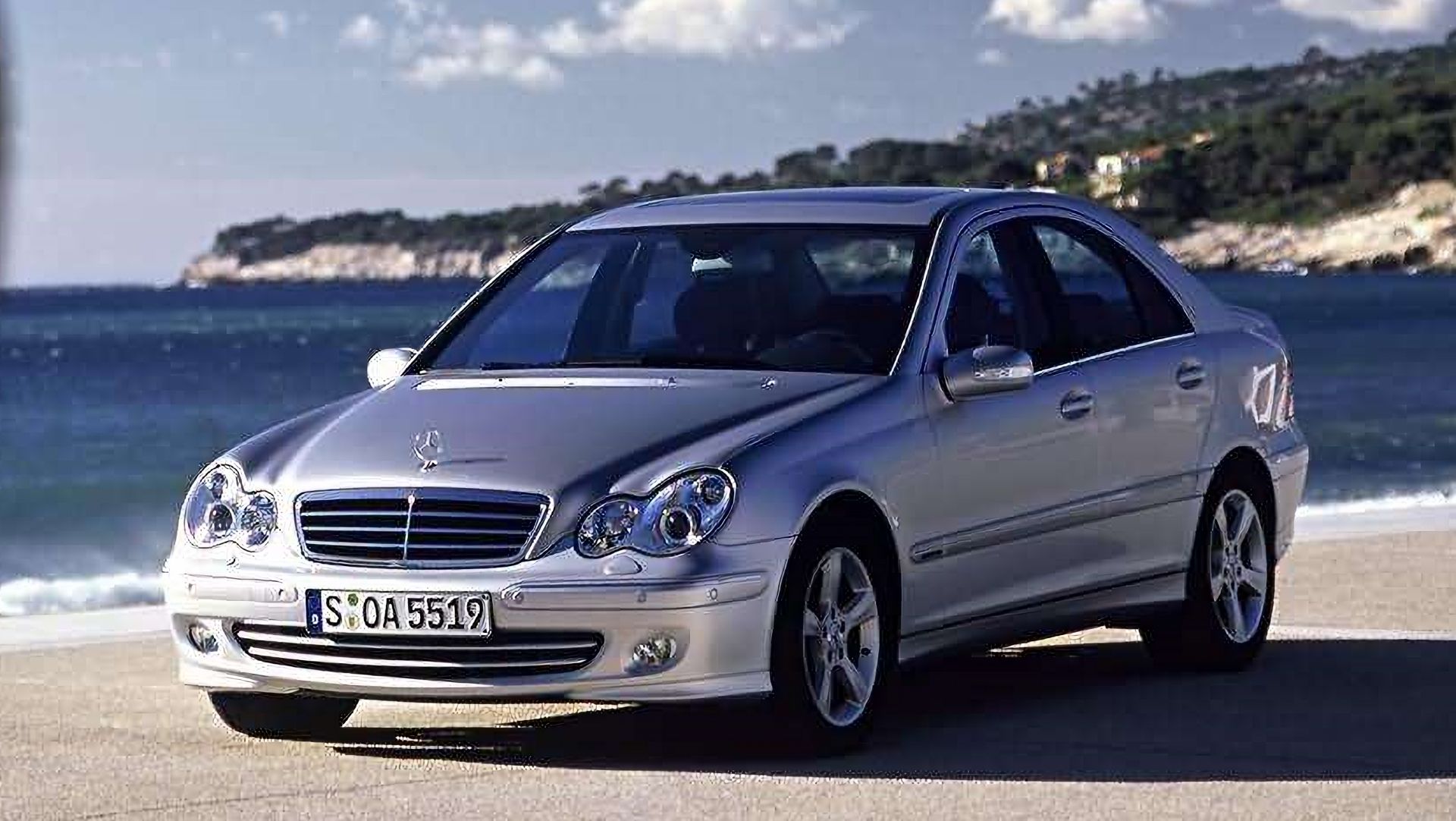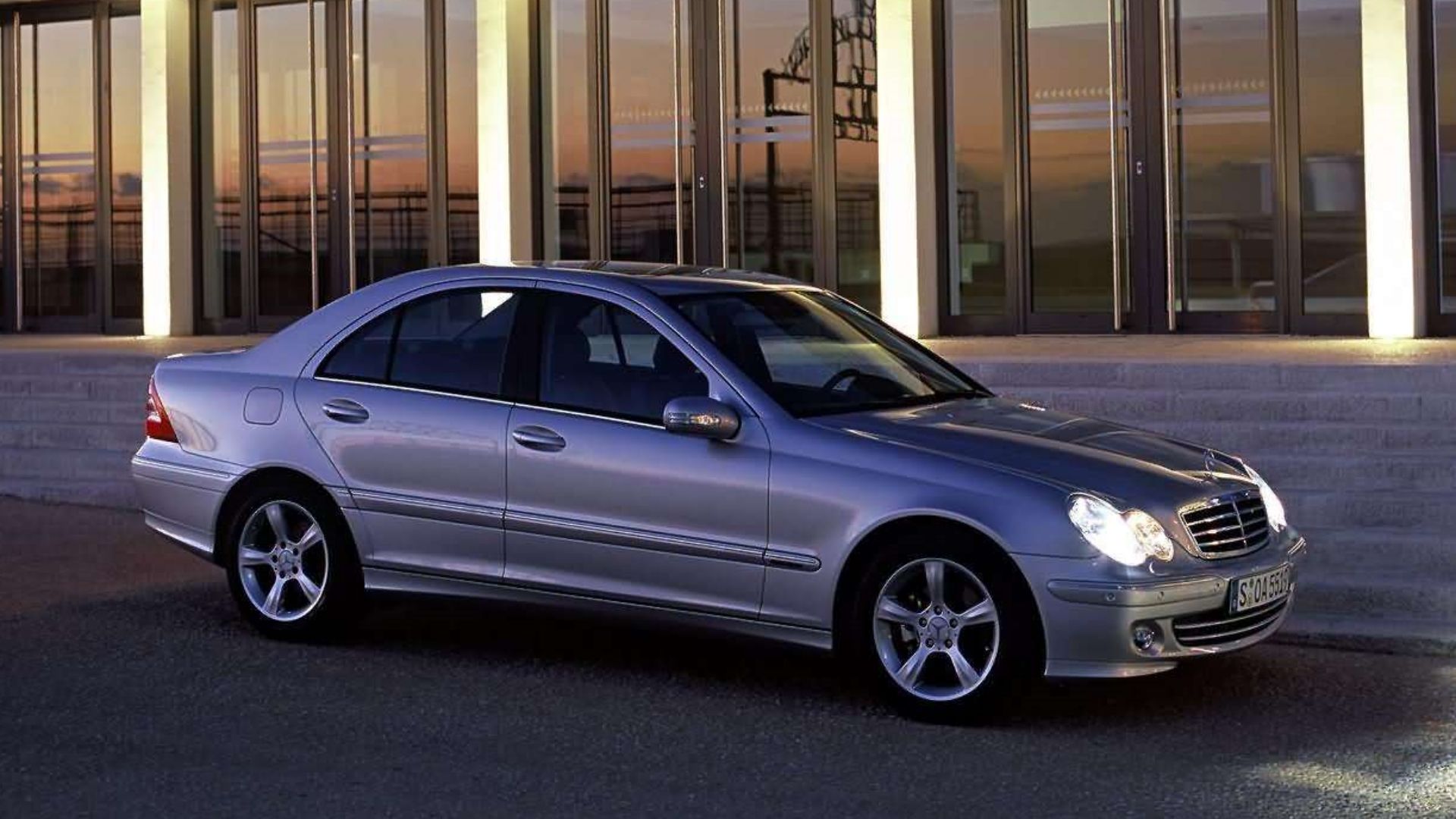When we think of AMG, Mercedes-Benz’s tuning arm, we think of gigantic V8s, tire-shredding torque, and their great taste in rims. However, in the early 2000s, they cut their teeth on creating a diesel-powered AMG variant of the C-Class, a task seemingly out of left field. Just because they’d never done it before didn’t mean they weren’t going to give it a thorough try.
Mercedes-Benz C-Class Sedan Generations: Everything You Need To Know In One Place
The latest C-Class has grown to be the same size as the W124 E-Class of the ’80s and now boasts four-pot engines with boosted induction only.
So, what was this diesel AMG like? Did it share a propensity for huge torque like its siblings? We’re going to poke through the odd AMG C-Class and see exactly what the car did well, and what it didn’t do well. Read on, and we’ll see what’s what with the odd tale of Mercedes-AMG’s only diesel model.
Merc’s History With Five-Cylinder Diesels
Mercedes-Benz OM617 5-Cylinder Diesel Facts
- Produced from 1974-1991
- Used mainly in Mercedes-Benz 240D/300D models
- A modified version of the OM617 was used in the W460/W461 G-Class SUV from 1979-1991
Mercedes-Benz’s history with five-cylinder diesel engines begins in the mid-1970s with the OM617 engine. Originally, the OM617 was derived from the existing OM616 four-cylinder diesel, itself an updated version of the OM615 inline-four diesel, which had already proven itself to be extremely reliable since its inception in 1968. The OM617 was built with more refinement in mind, as it was intended to be placed within sedans and sold alongside regular models.
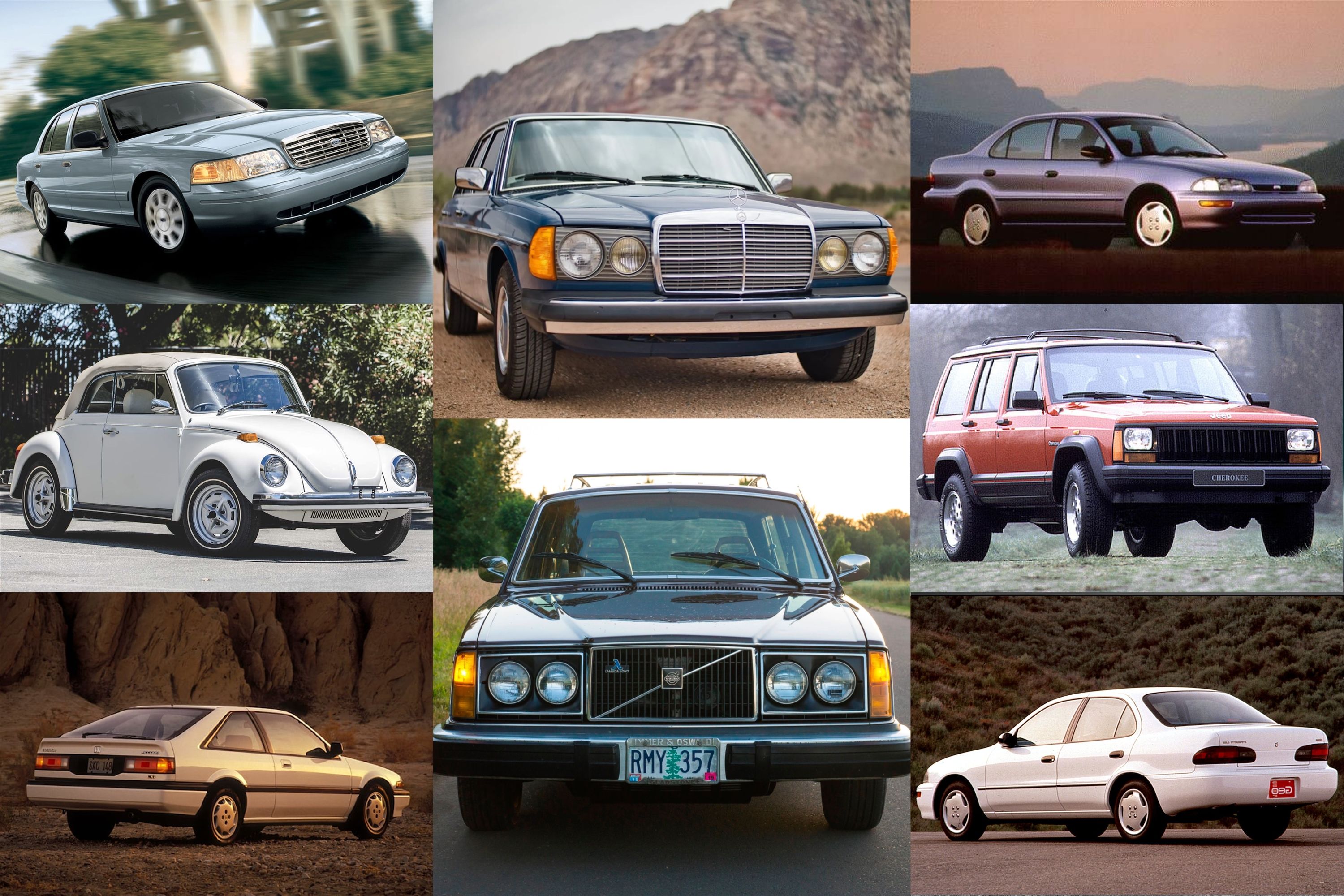
8 Cars That Simply Refuse To Die
There are cars that stand the test of time, and then there are these. Car culture’s last words in endurance.
To date, the OM617 is considered to be one of the most reliable diesel engines ever produced, with several examples lasting well over 650,000 miles even without regular maintenance. Originally, the OM617 was a naturally aspirated engine producing 79 horsepower and 127 lb-ft of torque. It debuted in the Mercedes-Benz 240D and 300D sedans in 1974 and remained unchanged for two years. In 1976, the OM617 was given a turbocharged variant, dubbed the OM617A.
The new turbo diesel used then-space-age technology such as sodium-filled valve stems for better durability and oil jets mounted underneath pistons to aid in cooling. The first application of the OM617A was the 1978 Mercedes-Benz 300SD sedan, a North American model that produced 109 horsepower and 168 lb-ft of torque.
The Origin Of The C30 CDI AMG
C30 CDI AMG Specs
|
Engine |
3.0-Liter I5 Turbo Diesel |
|---|---|
|
Horsepower |
228 HP |
|
Torque |
398 LB-FT |
|
0-60 MPH |
6.8 Seconds |
|
Top Speed |
155 MPH |
In the early 2000s, AMG saw potential in an existing Mercedes engine, but they found it in a strange place. The engine in question was a 2.7-liter inline-five diesel engine which was used by the Mercedes-Benz Sprinter van. Nevertheless, AMG set to work on the motor, throwing away most parts until they were largely left with just a block and heads. When they reassembled the engine, they’d created a 3.0-liter diesel with 60 more horsepower and 128 more lb-ft of torque than standard.
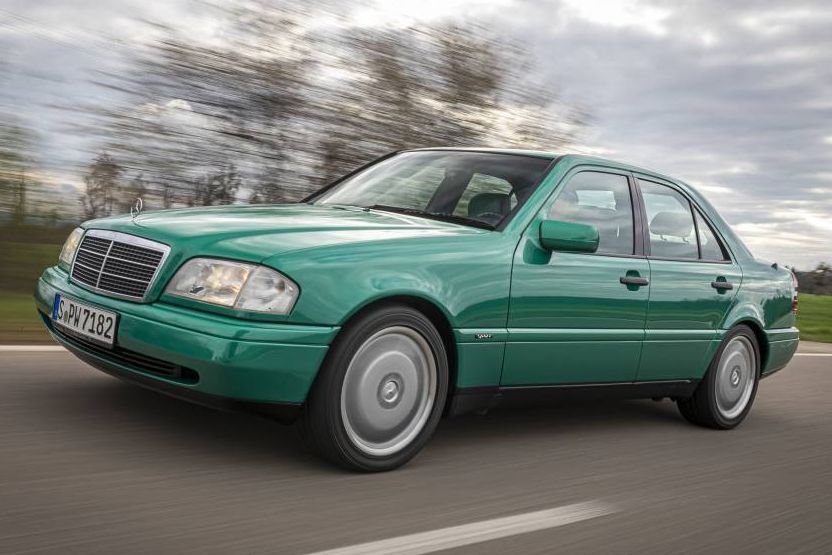
The Mercedes-Benz C-Class Was Officially Born 30 Years Ago
The W202 replaced the iconic 190E series and kicked off the C-Class dynasty.
Now, they had to find where to put their new creation. So, the C-Class was chosen due to it being the entry-level sedan for Mercedes, and the existing engine bay would accommodate the 3.0-liter well. The reason behind the rather strange choice of AMG tuning a diesel engine was interest surrounding creating performance variants of fuel-efficient motors. Diesel-powered passenger cars are also vastly more popular in Europe than in the United States, so, in theory, AMG was onto something with their diesel C-Class.
Why The C30 CDI Failed
Perhaps expectantly, the C30 CDI AMG was largely a commercial failure. Sales were dismal, partly due to the nature of diesel-powered performance cars and partly due to their high price of nearly €49,500, or when we exchange Euros for Dollars and account for inflation, nearly $96,000 in today’s money. Paying that much for a diesel-powered Mercedes without a lot of horsepower and a not-so-exciting design doesn’t make much sense now, and it didn’t make much sense back then, either. Not to mention, it was only offered in select countries in continental Europe, it wasn’t offered in Asia, North America, or the UK.
In conjunction with poor sales due to the reasons listed above, it’s worth mentioning that diesel engines just aren’t that exciting to begin with. They can produce quite a lot of torque and are great for heavily hauling applications or cars whose aim is to be as fuel-efficient as possible.
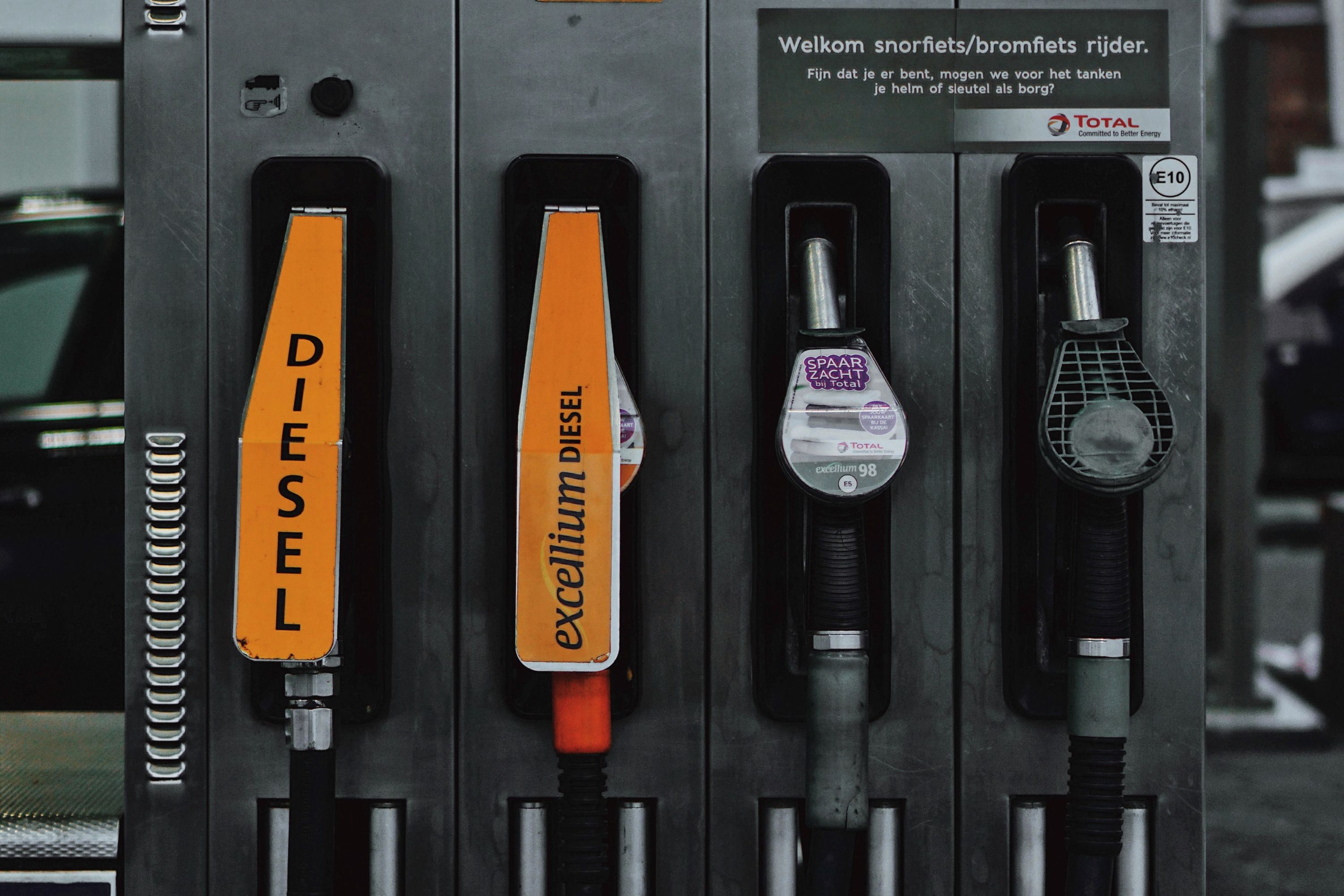
Diesel vs Gasoline
Is diesel still relevant or are gasoline engines the go-to choice?
However, in a performance car, diesel engines tend to offer up all of their power in one big lump at the top of the rev range, and turbocharged diesels suffer from intense turbo lag, which effectively takes away most of the fun.
So, in the end, the C30 CDI AMG was only offered from 2002 to 2004. Production numbers on the C30 CDI are unknown, as Mercedes may have wanted to bury this short one-off due to its bad sales. The C30 CDI is a rare car these days, so that can at least tell us that not many have been sold, and even fewer have survived the last twenty years.
Sources: UltimateSpecs.com, MBWorld.com

